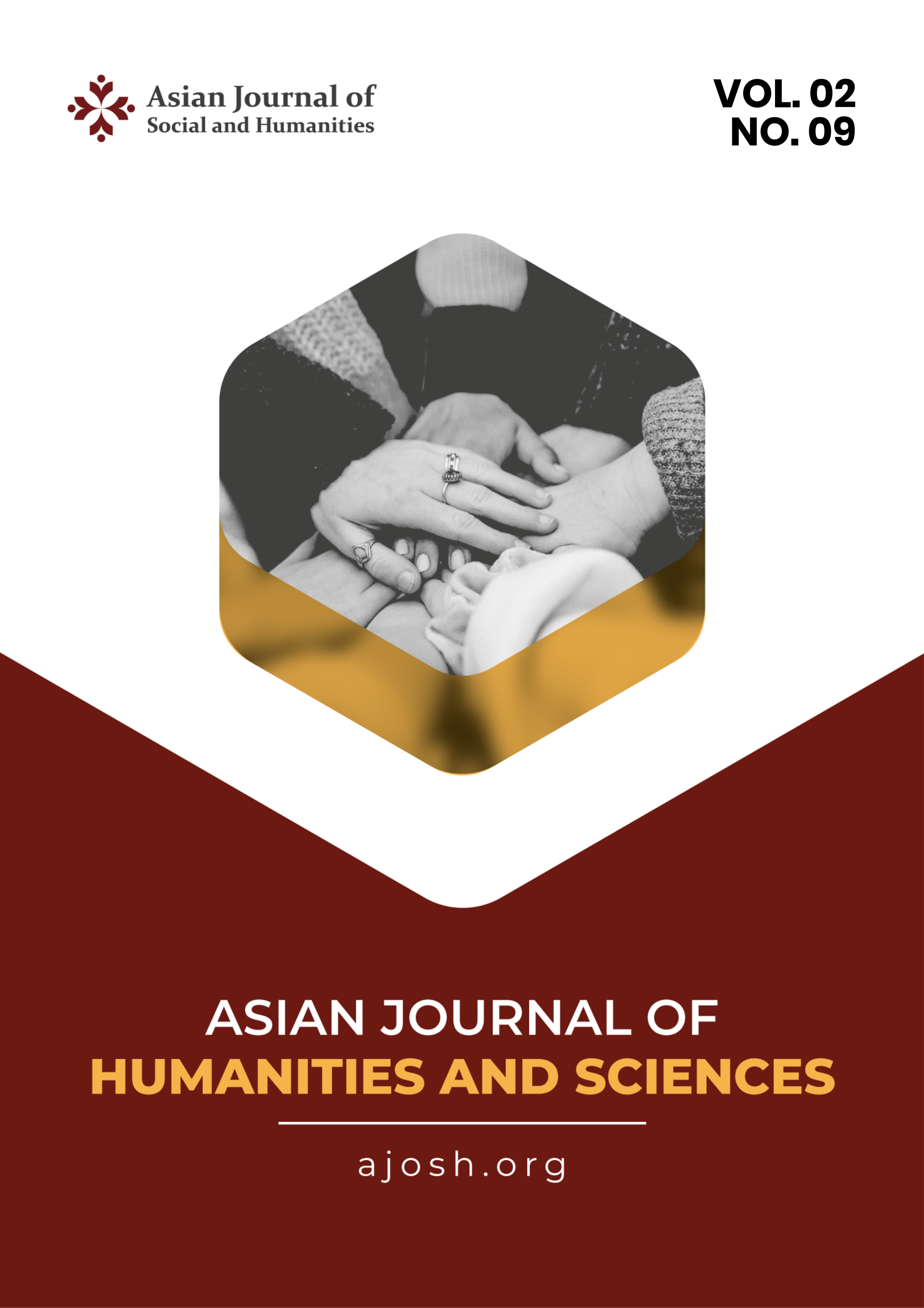Central Obesity as A Risk Factor For Prediabetes
DOI:
https://doi.org/10.59888/ajosh.v2i9.347Keywords:
central obesity;, prediabetes;, jati ranggonAbstract
Central obesity has become a health problem and is associated with the incidence of prediabetes. Prediabetes is characterized by impaired fasting blood glucose (GDPT) or impaired glucose tolerance (TGT) or both without any complaints and symptoms, and is a condition that precedes the occurrence of type 2 diabetes mellitus. This study aims to prove central obesity as a risk factor for prediabetes by calculating the prevalence ratio. The method of this research is observational analysis with a cross-sectional design approach. The respondents of the study were the community around the work area of the Jati Ranggon health center who met the inclusion and exclusion criteria, totaling 1241 people, 523 men and 718 women. The prevalence of central obesity in this study was 39.6%. The prevalence of prediabetes is 18.8%, prediabetes with central obesity is 27.9% and non-central obesity prediabetes is 12.8%. Bivariate analysis with chi-square showed a relationship between age and the incidence of prediabetes (RP=1.62, 95% CI 1.24-2.11 and p= <0.001), hypertension with the incidence of prediabetes (RP=1.58CI 95% 1.22-2.04, p=<0.001), gender with prediabetes (RP=1.47, 95% CI 1.12-1.94, and p=0.005), general obesity with prediabetes (RP=1.87, 95% CI 1.44-2.42 and p=<0.001), smoking with the incidence of prediabetes (RP= 0.54, 95% CI 0.33-0.88 and p=0.013). The results of multivariate analysis with cox regretion showed that the variables that affected prediabetes were central obesity (RP=1.87, CI95% 1.40-2.50, p=<0.001) and general obesity (RP=1.42, CI95% 1.06-1.89, p=0.017). Central obesity is a risk factor for prediabetes with a prevalence ratio of 2.18.
Published
Issue
Section
License
Copyright (c) 2024 Rezavitawanti Rezavitawanti, Helda Helda

This work is licensed under a Creative Commons Attribution-ShareAlike 4.0 International License.
Authors who publish with this journal agree to the following terms:
- Authors retain copyright and grant the journal right of first publication with the work simultaneously licensed under a Creative Commons Attribution-ShareAlike 4.0 International. that allows others to share the work with an acknowledgement of the work's authorship and initial publication in this journal.
- Authors are able to enter into separate, additional contractual arrangements for the non-exclusive distribution of the journal's published version of the work (e.g., post it to an institutional repository or publish it in a book), with an acknowledgement of its initial publication in this journal.
- Authors are permitted and encouraged to post their work online (e.g., in institutional repositories or on their website) prior to and during the submission process, as it can lead to productive exchanges, as well as earlier and greater citation of published work.










